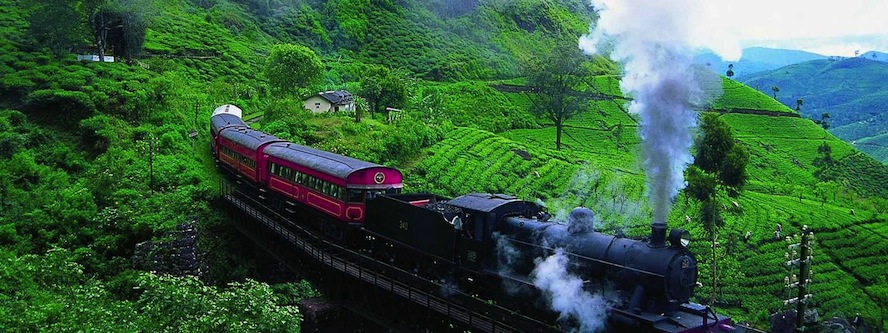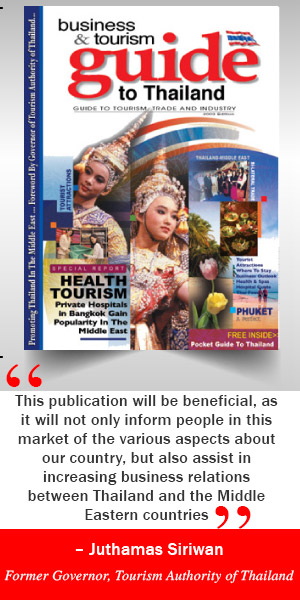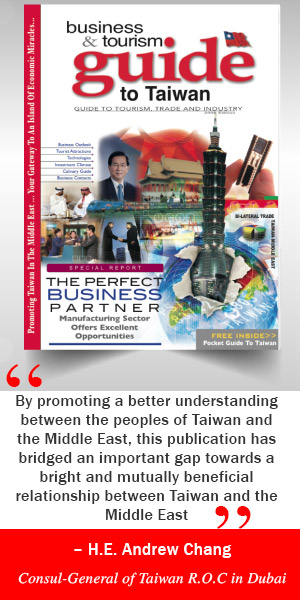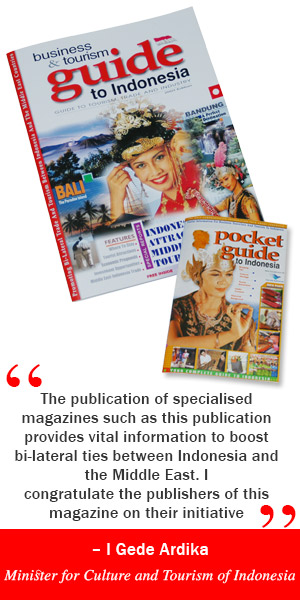Sri Lanka’s tourism industry suffered a major setback after the unfortunate attack faced by the country on Easter Day in 2019, which resulted in the death of more than 260 people. However, this picturesque island nation is finally emerging from the aftermath of the tragedy and reviving its tourism industry by launching some tangible new policies to boost incoming tourist traffic to the country.
Tourism plays a vital role in Sri Lanka’s economy and the island attracted 2.33 million tourists in 2018, up by 10.3% over 2017. Over the last 20 years, the tourism industry’s contribution to the national economy has grown substantially from US$1.2 to US$11.1 billion – rising at an increasing annual rate that reached a maximum of 32.86 % in 2002 and then decreased to 9.07 % in 2018. Sri Lanka’s tourism industry also employs more than one million people.
Tourism Revenues in Sri Lanka decreased to 313.40 USD Million in April from 458.60 USD Million in March of 2019. Tourism Revenues in Sri Lanka averaged 189.11 USD Million from 2009 until 2019, reaching an all time high of 475.20 USD Million in December of 2018 and a record low of 19.30 USD Million in May of 2009.
According to the latest data made available by the Sri Lanka Tourism Development Authority (SLTDA) in mid-February, tourist arrivals into Sri Lanka increased by 2.2% year-on-year in January 2019 to 244,239. This figure was much lower than the overall growth of 10.8% recorded in 2018.
The Sri Lankam government has set an ambitious target of increasing tourist arrivals to 3 million tourists in 2019 – an ambitious, yet achievable target given the current global economic situation.
However, Sri Lanka’s rising popularity as a preferred tourist destination among tourists from Europe and Asian countries like India and China, will will play a significant role in the future growth of Sri Lanka;s tourism industry.

Travellers from the Middle East can also play an important role in contributing to the growth of Sri Lanka’s tourism sector – the GCC is an important market that has been largely neglected and one, which can yield excellent results for Sri Lanka’s tourism industry. By attracting high-spending tourist from the Middle East region Sri Lanka can further boost its tourism and hospitality industry.
As part of its plan to revive its tourism industry to the 2002 levels, the government has implemented some new measures, which includes:
New Port City
The Sri Lankan government has acquired 269 acres of land from the Indian Ocean, where it plans to construct a port city in the capital, Colombo. The new port city will have resorts, hotels, water parks, hospitals along with theme parks to boost the tourism sector.
Reduced Airfares
The government has also reduced the airfares in order to encourage tourism and make it easier for international tourists to travel to Sri Lanka.
No Visa Fee
The government has also waived the mandatory visa fee for travellers for the next six months starting August 2019. Travellers from 48 countries are now exempted from Sri Lanka visa fee of $35.
Focus on Safety
Government has also beefed up security all across the country to to ensure that tourists feel safe while exploring Sri Lanka.
All in all, Sri Lanka is fighting back to revive its tourism industry and is well on its way to becoming a major tourist destination in the Southeast Asia region in the coming years.















































